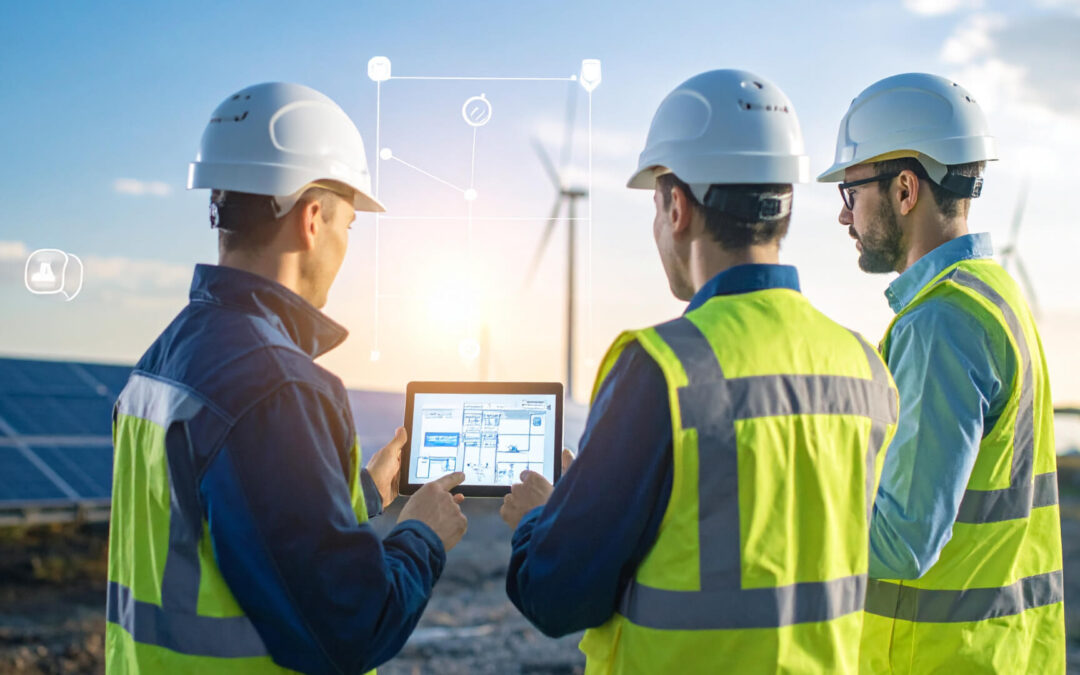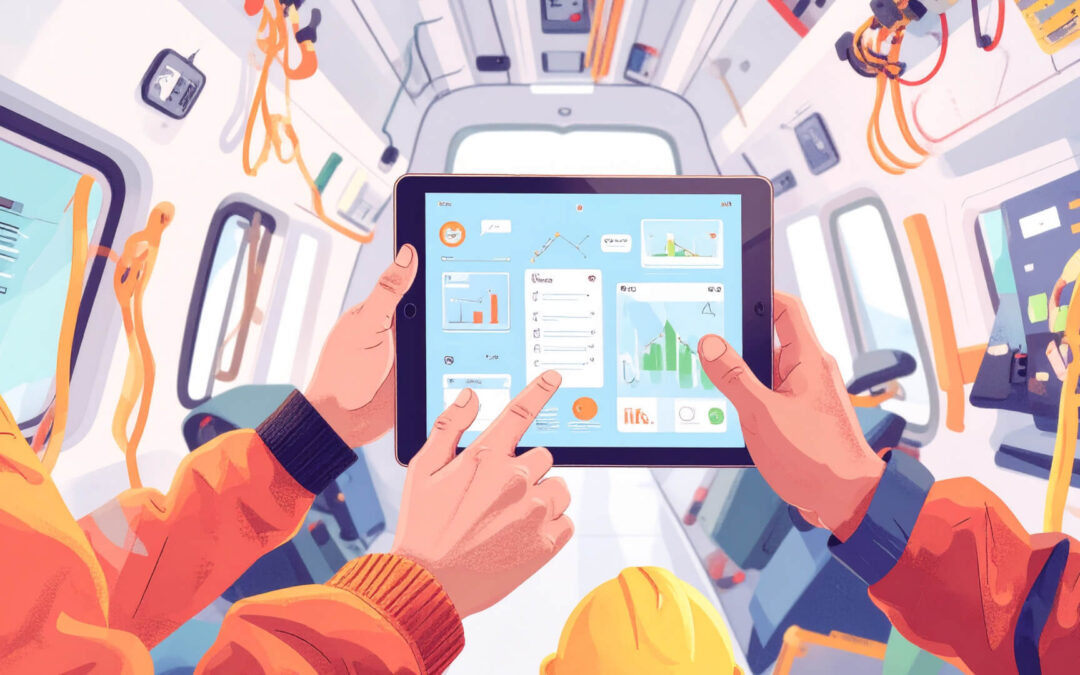The transition to renewable energy is accelerating across the United Kingdom and the European Union, driven by ambitious climate targets and the urgent need to reduce carbon emissions. Onshore wind energy, as a key pillar of this transformation, is experiencing remarkable growth.
However, this rapid expansion brings significant workforce challenges, particularly as experienced technicians are increasingly drawn to higher-paying offshore or international roles.
The resulting turnover leaves onshore wind operations with less-experienced teams, creating knowledge gaps that threaten both safety and efficiency.
As the sector strives to meet its workforce targets—training and upskilling tens of thousands of new employees by 2030—innovative solutions are required to bridge these gaps.
Microlearning, a flexible and scalable training approach, is emerging as a vital tool for equipping new hires with the knowledge they need, right when and where it matters most.
This blog explores the challenges of workforce turnover in the UK and EU onshore wind industries, the benefits of microlearning as a training solution, and how companies like GML are leading the way with real-time, mobile-accessible learning platforms.
Workforce Turnover Challenges in UK & EU Onshore Wind
The UK and EU onshore wind sectors are expanding rapidly to meet ambitious climate targets and accelerate decarbonization. However, this growth is outpacing the ability of the workforce to keep up, especially as experienced technicians are increasingly drawn to offshore or international roles that offer higher compensation and more advanced projects.
This migration leaves onshore wind operations with less experienced teams, resulting in significant knowledge gaps and heightened operational risks.
Recent industry reports highlight the severity of workforce turnover. The EU wind energy sector needs to train and upskill approximately 100,000 workers by 2030 to meet its renewable energy goals, but it struggles to retain expertise due to global mobility and fierce competition for skilled labor.
In the UK, the Offshore Renewable Energy (ORE) Catapult notes that experienced technicians are often lured away by offshore opportunities, which pay more and offer more cutting-edge work.
This trend is particularly acute in regions like the Scottish Highlands and Dumfries and Galloway, where recruitment is already challenging.
The result is a sector at risk: projects experience delays, safety incidents increase, and operational efficiency suffers.
For example, Scotland alone will need to quadruple its workforce for electricity grid connections and more than double its wind turbine technicians by 2030.
The shortage of skilled planners and environmental consultants further compounds these challenges.
Microlearning: A Flexible, Scalable Training Method
To address persistent knowledge gaps in the rapidly growing renewable workforce, the industry is increasingly adopting microlearning—an approach that delivers targeted information in short, focused bursts.
This method is especially effective for new hires and less-experienced staff, who can access critical knowledge directly on the job site, precisely when it’s needed.
Microlearning leverages digital platforms to provide real-time, mobile-accessible content. Technicians can now access troubleshooting guides, safety protocols, and procedural updates instantly from their devices, often reducing average troubleshooting time by up to 40% compared to traditional training methods.
For example, recent deployments in the UK and EU show that technicians can typically access relevant training modules within 30 seconds of encountering an issue, significantly minimizing operational downtime.
According to recent industry data, 85% of users access training content at least once per shift, and over 60% of technicians use mobile-based microlearning modules to solve immediate operational challenges. This real-time support is crucial in an environment where workforce turnover is high—non-retirement attrition in the energy sector reached 7.2% in 2023, the highest since 2006.
The flexibility and scalability of microlearning make it ideal for organizations facing rapid onboarding needs and frequent staff changes.
Recent studies confirm that microlearning can increase knowledge retention by up to 20% compared to traditional methods, and completion rates for microlearning modules often exceed 90%, compared to less than 60% for standard e-learning courses.
By integrating real-time metrics and mobile accessibility, microlearning is transforming workforce development, ensuring that safety, efficiency, and productivity remain high even as the industry evolves.
GML’s Solution: Real-Time, Mobile-Accessible Content for New Hires
GML (Global MicroLearning) is at the forefront of this transformation, offering a microlearning platform tailored for the renewable workforce. GML’s solution provides real-time, mobile-accessible content that empowers new hires and less-experienced technicians to bridge knowledge gaps efficiently.
By delivering targeted knowledge through bite-sized modules, GML ensures that onshore wind operations can maintain high standards of safety and productivity, even as experienced technicians move to offshore or international roles. The platform’s real-time capabilities mean technicians can access troubleshooting guides, safety protocols, and best practices directly from their mobile devices, reducing downtime and minimizing errors.
GML’s approach exemplifies how microlearning can support the renewable workforce in a rapidly evolving industry. With workforce turnover likely to persist, microlearning will remain a critical tool for ensuring that onshore wind operations continue to thrive—equipping teams with the skills and confidence needed to meet the sector’s ambitious goals.
FAQ
What challenges does the UK and EU onshore wind sector face?
Loss of experienced staff to offshore jobs creates skill gaps and risks.
Why is turnover a problem?
It causes delays, safety issues, and lowers efficiency.
How many workers need training by 2030?
Around 100,000 in the EU.
What is microlearning?
Short, mobile-friendly training for quick, on-the-job learning.
How does microlearning help?
Improves retention, boosts completion, and offers instant support.
What does GML provide?
A mobile platform with bite-sized lessons for fast skill-building.
Why is real-time training key?
It cuts errors and downtime despite staff changes.
How to close the skills gap?
Update training, promote STEM, and support ongoing learning.




